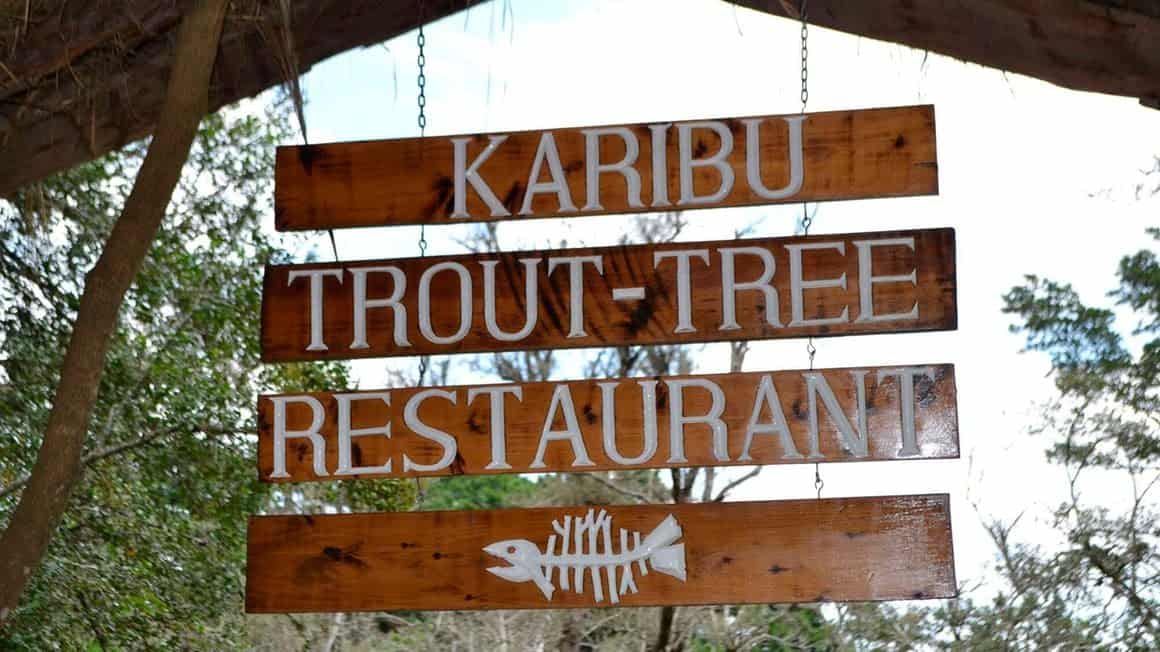Every country has a must-experience restaurant whose food and overall operation are so unique that it is almost impossible to reproduce.
Take, for instance, the Ithaa Undersea Restaurant in the Maldives, set more than 16 feet below sea level.
The first of its kind, it opened in 2005 and is encased in a transparent acrylic roof, offering its 14 diners a 270-degree panoramic view of sea creatures swimming in the Maldives’ crystal clear waters.
Then you have New Zealand’s Redwoods Treehouse where diners eat in pod-shaped structures hung over 32 feet above the ground.
If you are not easily spooked then a stop at Eternity is a must. This Ukrainian restaurant owned by undertakers is built to mirror a life-size coffin. Its windowless space has funeral paraphernalia as decor and even the menu is inspired by death.
Back home, the Carnivore has for ages been Kenya’s signature dining experience that every visitor has to sample. Matching its popularity is the luxe all-inclusive hotel Giraffe Manor packaged as the only place in the world where you can feed and photograph a giraffe over your breakfast table.
There is also another eatery located on the outskirts of Nanyuki town that I reckon every lover of food should eat at, least, once in their life.
The Trout Tree Restaurant located less than 100 metres off the main Kiganjo-Nanyuki road, and three kilometres from Nanyuki Civil Airstrip coincidentally was at one time a sister establishment to the Carnivore-established as The Tamarind Trout Farm in 1978. Elsen Karstad, however, purchased the farm with John Njuguna in 1996.

Now, for someone who enjoys their food, it is incredible that I had managed to repulse the charm of the apt neatly picked fish spine and head-piratical fishbone sign for ages.
Thankfully, a fortnight ago, while on the road shooting content for the broadcast version of this publication, I finally succumbed to her charm. Set on the Burguret River, Trout Tree is special for three main reasons.
The first is the fact that this restaurant is built on a gigantic sacred fig (Mugumo) tree. One account describes the sacred fig as a “gargantuan matriarch, which envelops the restaurant, its branches supporting the wooden platforms that form the floor, its canopy sheltering us from the mists and rain”.
The second is because its speciality fish dishes are farm-to-fork. I cannot erase the image of my date in the company of trout farm attendant Edwin Gakunga neatly gutting the fresh catch that would transform in a jiffy into a sumptuous delicacy courtesy of head chef Jackson Mwangi.
While I did not have the heart for it, I barely managed to net our lunch and was better suited at running after the geese in the compound.
The restaurant serves fresh Rainbow trout from its trout ponds but the menu also includes prime Laikipia beef as well as vegetarian options.
At the restaurant, two troupes of resident Colobus monkeys call the space home. Diners can also get a glimpse of the resident tree hyraxes and the abundant bird life in the surrounding trees.
My date who has an allergy to fish opted for the grilled fillet steak Mount Kenya vegetable kebab, seasonal salad, and crunch French fries while I opted for the boneless trout fillet with garlic.
Speaking of respecting the process, Trout Tree remains to this day the largest commercial trout farm in East Africa.
They have a hatchery, 10 small fry fishponds, four medium-sized fingerling ponds, and 21 large ponds.

Normal production in the two farms (The top farm where most of the breeding and hatching takes place is nestled alongside the south route of the Naro Moru River, touching the boundary of the Mount Kenya Forest) is close to two tonnes of trout per month.
The ideal water is fed by the mountain and the trout are treated to a high-specification organic formula feed (The third reason why you should eat here is that climate change and bad farming practices that drain all the water upstream might mean the end of this dream).
Should you choose to eat here, note that the seats fill up fast at peak lunch hour especially on weekends so it is advisable to make a reservation if coming in a large group.
Also, note that the restaurant operates strictly from 10am to 4pm. During our visit, I observed a few famished souls turned away for coming in late.
In the cooler months, ensure you have a pullover to keep the chill at bay.
Oh, for those wanting a fuller experience, there is the option of booking a night at the Creaky Cottage set in a tranquil corner with the Burguret River looping around the cottage on three sides.
Credit: Source link

